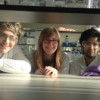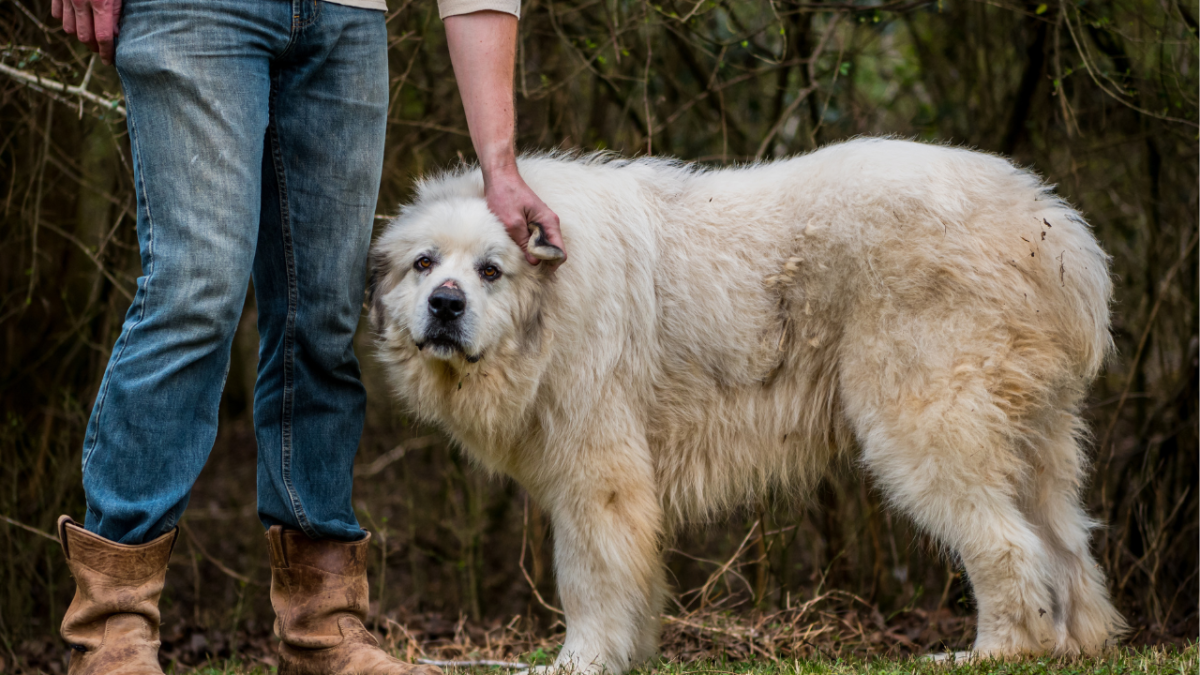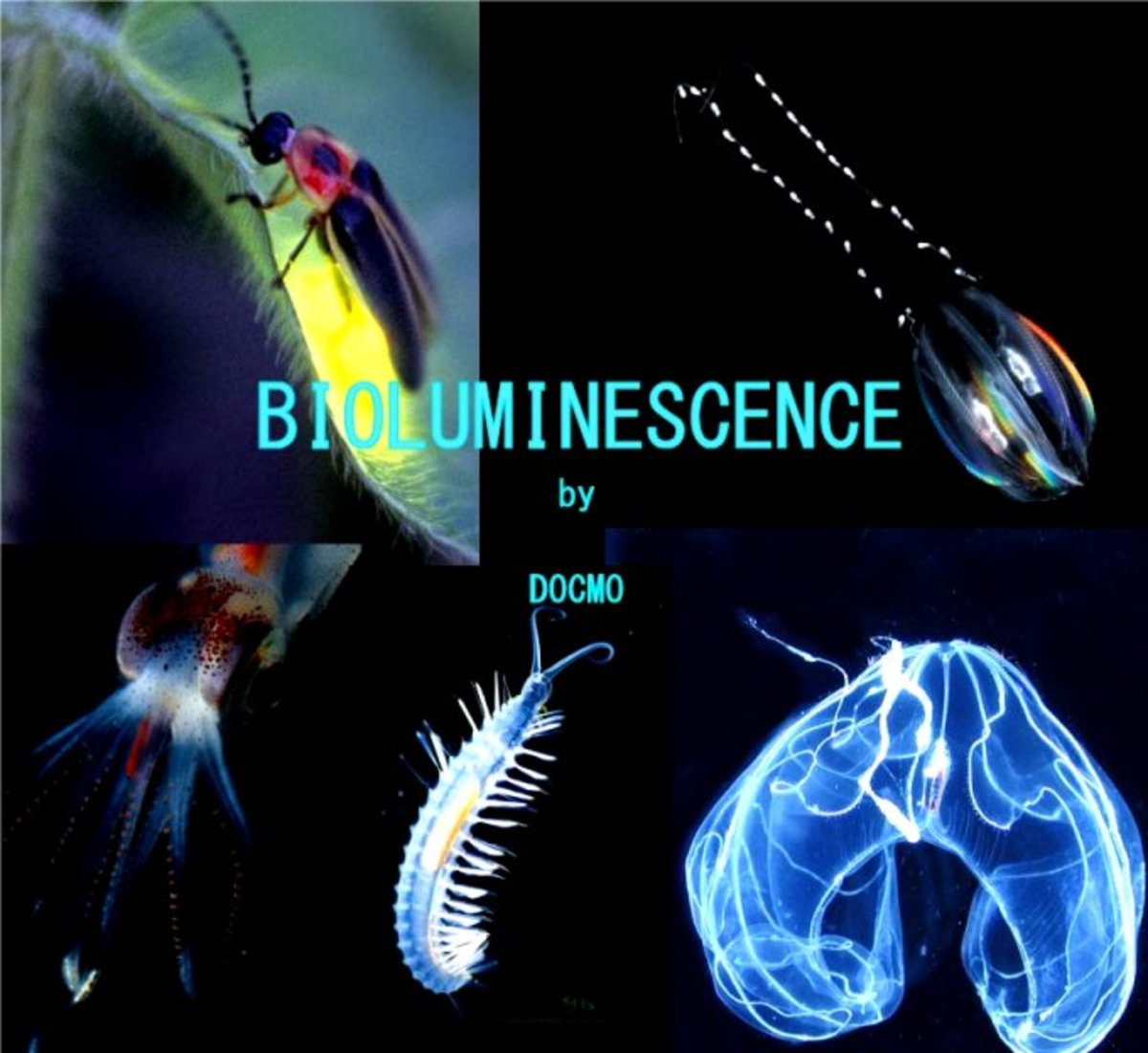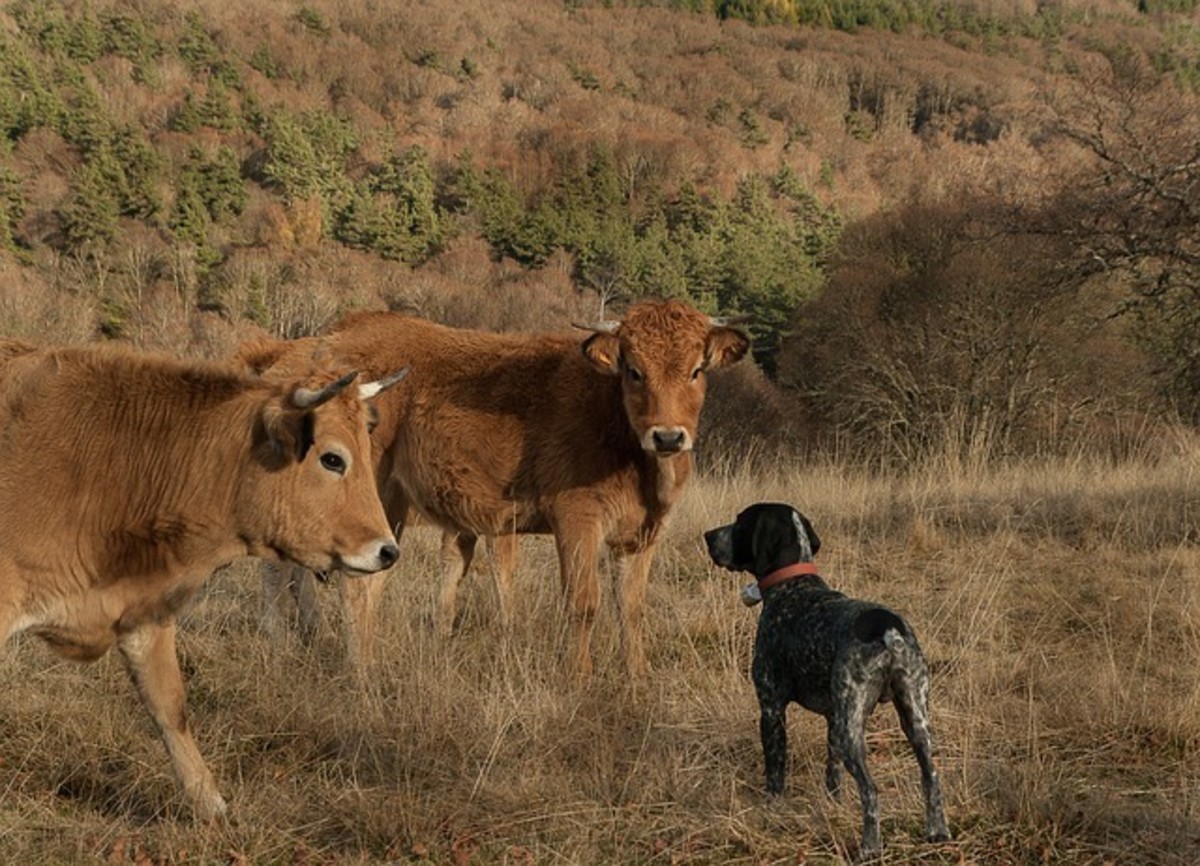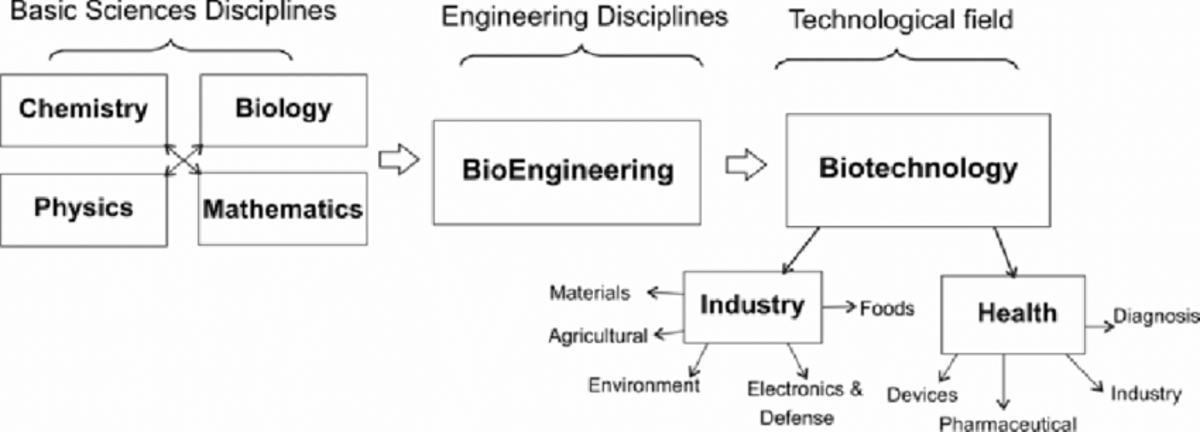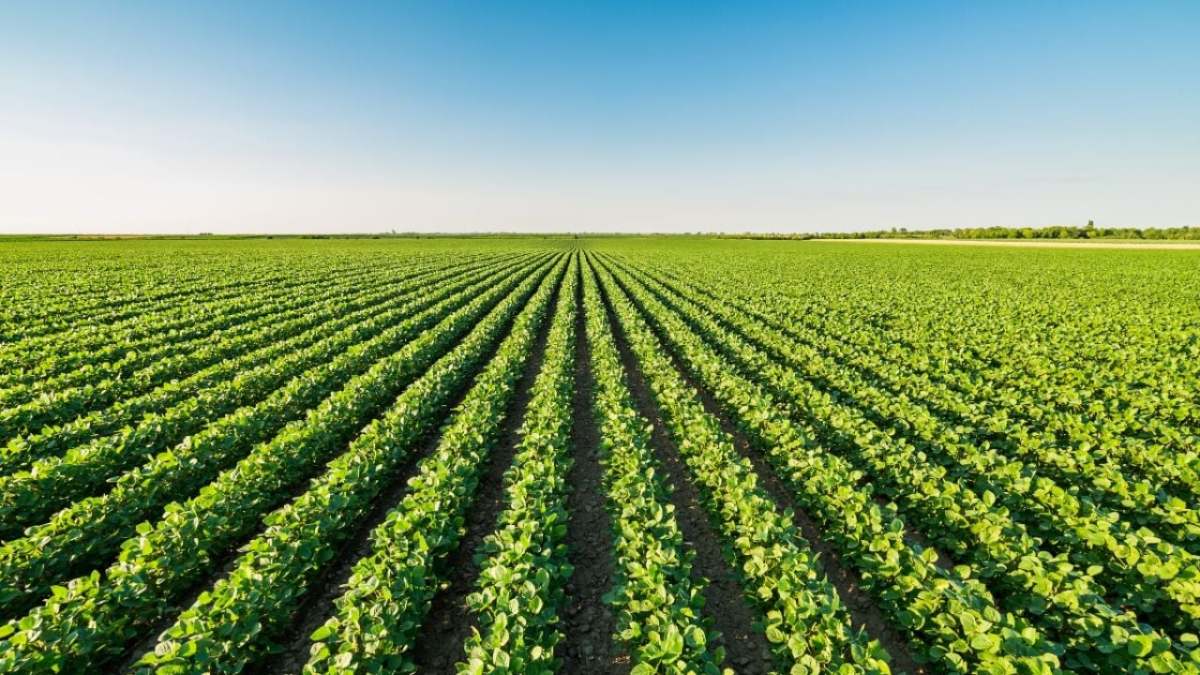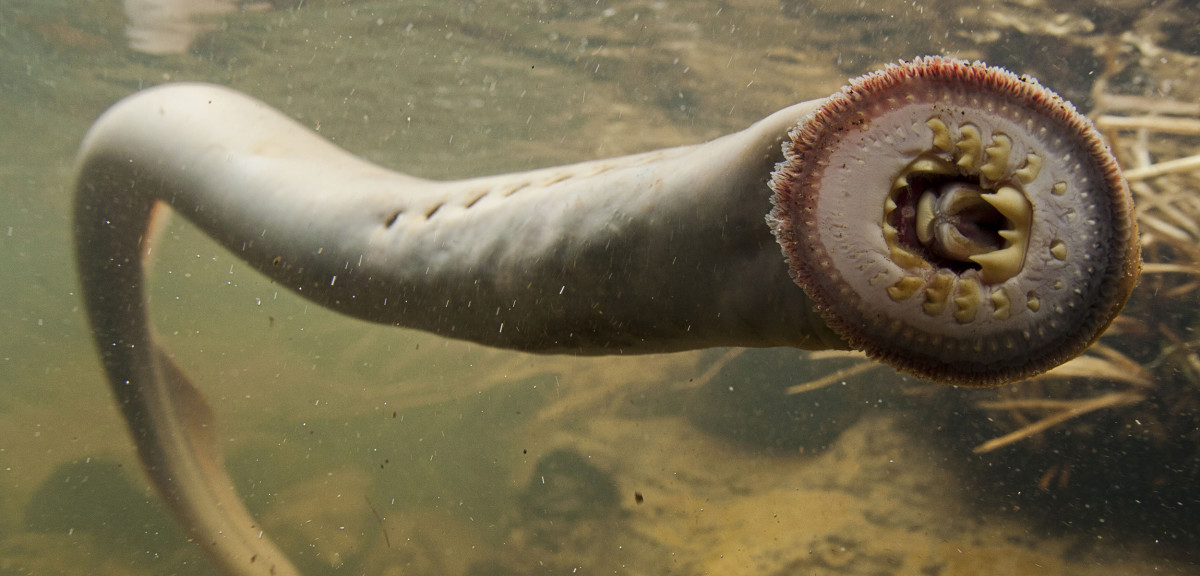The Role of Non-Biological Technologies in Agricultural Improvement from 1900
Before 1950 food production was able to increase because of converting extra land for agricultural use. After 1950 crop production increased due to the development of mechanical (mechanisation, inputs and management) and biological technologies (scientific breeding) (Murphy, 2011).
Mechanisation
Rijk (1989) described mechanisation as being important, since it “embraces the use of tools, implements and machines for agricultural land development, crop production, harvesting, preparation for storage, storage, and on-farm processing”. Mechanisation is now highly important in the processing of plants and animals e.g. harvesting.
Mechanisation was made possible in the early 1900s because the internal combustion engine was commercialised. It was also made possible because of the availability of cheap petroleum fuel. In the 1920s powered machines for crop management were mass-produced in developing countries. During the 1940s and 50s more agricultural processes became mechanised, for example biocide application ploughing and sowing. This meant it was important for crops to be redesigned to be harvested and manipulated using machinery. Wallace proposed to develop a hybrid variety of maize better suited for this mechanisation, e.g. stiff stalks and strong roots (DuPont, 2014). This development also occurred in many other crop species. An example of this is that in the 1950s, monogerm varieties of sugar beet were produced to stop the requirement for hand-thinning in the growing season. A further example is that of tomatoes which were bred in the 1960s to have thinner walls to enable easier harvesting and to allow easy transport (Murphy, 2011). These development made mechanisation even more efficient and helped to greatly increase crop yield.
Thus mechanisation of agriculture, and the changes in crop phenotypes it required, was highly important to increase crop yield and improve the efficiency of the entire farming process. For example, fewer people had to be employed to do the different required jobs, saving the farmer money and also, the time of others.
Inputs
Inputs were required to enable mechanisation to be effective, for example inconsistences in crop species due to weeds could cause issues with the machinery. Chemical agents were being used to manage crop performance on a relatively large scale in the 1900s. They increased crop productivity, allowing today’s agro-urban civilisation to be possible. These inputs consist of fertiliser and biocides, such as fungicides, herbicides and pesticides.
Fertilisers are substances added to the soil to increase its fertility because soils can be deficient in important components, such as nitrate, phosphorus and potassium. This deficiency can occur because of crop depletion, especially due to continuous farming for example on the best land.
The aim of herbicides is to do the opposite and prevent the growth of plants. They destroy weeds, which are plants growing in the wrong place, even though under different circumstances that may be desirable plants. An example of this is oil seed rape from a previous year, since the seeds can last up to five years. This can cause a 30% loss of production because the removal of these weeds is labour intensive. This is why herbicides are and were (in their introduction in the 1930s) important, to prevent these losses. However these chemical agents require continuous research and improvement, for instance making them more specific to certain species. An example of this is that herbicides can select for dicots with broad leaves to remove poppies.
Pesticides and fungicides stop the organisms that eat crops and cause infection, a feat which is near impossible using traditional methods. Further development is required though to reduce toxicity and ensure specificity to the undesirable organisms. This is because sometimes the biocide used is more destructive than the organisms they were attempting to destroy, as was seen in the case of arsenic which was used on grape vines to control pests, but this was harmful to the labourers. An example is the use of copper sulphate as a pesticide, which was non-selective and harmful to humans if ingested (Guecheva et al., 2001). This is because of its high toxicity (472mg/kg LD50). But even those chemicals with low toxicity can be damaging, due to food chain accumulation. DDT (dichlorodiphenyltrichloroethane) sticks to leaves and is difficult to be washed off, thus it remain in the environment. It causes reduced egg strength in raptors, which break when they sit on them. The newly developed chemicals, though, are better for the environment and other organisms, such as the fungicide vinclocin, whose toxicity is >1,000mg/kg or the herbicide Roundup.
Therefore, inputs were needed to be able to make mechanisation possible and to help manage and increase crop productivity, even though they require research and have their side effects and issues.
Management
Subsistence farming produces little income, since the aim of them is to sustain the farm owners themselves. In the UK people spend roughly 10% of their income on food when labourers in developing countries spend approximately 70-80% of their income on food. If people are richer they want to eat more meat because it is a sign of a higher quality of life and because of the nutrient benefits associated with it. Thus, as China and India are becoming more wealthy countries, the people who live there cause a greater demand for meat. This means that more land to grow more animal rations are required to feed these animals, or reliance on importations. This is because 1kg of meat is equivalent in human consumption to 5-10kg grain (UNFAO, 2006). This means that the only feasible way of feeding such large populations is through the use of feedlots.
Feedlots began in the 20th century. Animals were kept inside and only maybe let outside in the summer. Feedlots meant that farmers were no longer reliant on the weather and seasonal variation in the weather patterns. When livestock lived outside, in times or areas of extreme volumes of precipitation, the grass would be affected, leading to decreased meat yield that year. The animals in feedlots were fed surplus crops, and even if they were shortages, feeding crops could easily be important from other countries due to globalisation. These crops, such as maize and soybean, are a good source of protein, oil and starch. Despite this assumed nutritional value, this diet may have been deficient in macronutrients because it was without the variation that a traditional less restricted grass diet would have. This was supported by a study completed by Elswyk and McNeill (2014), which showed that American cattle who were fed with grass rather than grain had 1.6-4.1g/100g lower beef fat and 1.8g less/100g monounsaturated fatty acid. Despite this, supplements and vitamins can be added to the grain in a uniform way, to ensure all the animals get the nutrients they require and none are more deficient than another. But sometimes these can cause problems in themselves, since they can be artificial. An example of this is bovine growth hormones to increase milk production in America. One such hormone is recombinant bovine somatotropin (rBST), which is illegal in Europe due to health risks to both the cows and humans. Drinking milk produced by rBST-treated cattle increases the blood level of insulin-like growth hormone (IGF-1) in humans, which may have unknown side effects. It used to be thought that IGF-1 increased the risk of people getting colon cancer (Barone et al., 2014). Even though this has now been disproved, research could show new developments. A further issue is that cows treated with rBST develop more udder infections (mastitis). This is an issue because the cows are given antibiotics to prevent the diseases which affect animals and humans (such as zoonosis like avian flu) and are more likely to occur because of the cramped living conditions. This means that because cows are already given antibiotics with their feed, this could potentially promote the concern of antibiotic-resistant bacteria, compounded by the rigorous selection process for resistance.
Automated milking, too, replaced labour with technology. An extreme example of this is Powys Dairy in Wales, that had been identified as a potential super dairy in 2008. The design was that the herd numbers would be increased from 270 cows to 1,000 on 287Ha. It was going to be a fully housed system, with fodder being grown on the farm and the slurry being used as fertiliser for the land. There was going to be a new milking system and buildings to enable cows to be free to move, socialise and groom. Initially, the Powys Council planning committee conditionally approved but later (2012), the Welsh Government was consulted and debate is still occurring (POST, 2012).
Similarly, meat processing became centralised. Farmers used to be transported to slaughter them personally but the carcases are currently transported to central abattoirs, stunned killed and then processed. The meat is cut mechanically into specific portions, based on consumer preference, and chemicals added. An example of these chemicals is sodium nitrite, which is normally added to meat products (e.g. canned sausages, ham, and salamis) to prevent the formation of toxins produced by Clostridium botulinium (Yurchenko and Molder, 2007). The meat is usually bulked also with water to increase the weight to get a higher profit for the associated companies. It is then sometimes partially cooked before being shipped for merchandising. It could be said that the mechanisation of this process means humans have lost their connection with animals, meaning that we have less concern for their ethics.
Another issue concerns with such intensification is that of the wastage. Livestock manure used to be spread around fields, meaning that it had a low impact on the surrounding environment. The animals (e.g. the cattle) who, at that time, lived outside, would also trample the manure into the ground, speeding up the degradation process. It would act as a fertiliser for the grass lands. This would be especially useful when the land was being rested, when the grass in one particular field had been eater by the livestock. The effluent of feedlots is a greater issue. This is because, since the livestock are located together and indoors, the waste needs to be collected and disposed of. Since it is not cost effective to drive the waste to neighbouring farms to use as fertiliser, it has to get treated like sewage. But there are issues with this, especially the associated costs. Another issue is that it can cause pollution in heavy rain. Evidence of this pollution is that steroidal hormone and sterols (e.g. estrone, cholesterol, beta-sitosterol, and beta- stigmastanol) found in the rivers of Texas, were likely to be derived from cattle waste (Opsahl and Lambert, 2013). This is also a large problem in the pig farms of Denmark and the Neverlands. The excretions of pigs are harder to break down, making them a poor fertiliser, because pigs are omnivores and so consume less fibre than other livestock. Their urine is also higher in phosphate. Emission inventories show that livestock production contributed 70–80% of the anthropogenic ammonia emission in Denmark in 2001 (Huntchings et al., 2001). However, steps are being taken in an attempt to decrease the negative impact of the effluent. For example in the Netherlands, a pig farm has been created that reuses its waste streams, the carbon dioxide and ammonia grows algae that is able to feed the pigs (Melse and Timmerman, 2009). Thus, although management has its issues, these are slowly being resolved and the implications of intensification scrutinised.
Thus, even though farm management has various problems and issues, it is the only viable way of feeding the increasing human population.
References
Barone, D. et al. (2014), ‘Milk, Dairy Food, Calcium and Fats: What Does it Happen Before and After Colorectal Cancer Development?’, Journal of Solid Tumors, Volume 4 (issue 1), Available at http://www.sciedu.ca/journal/index.php/jst/article/view/3678 (Accessed: 05/02/14).
Berg, R. et al. (2000), ‘Impact of Global Genome Repair versus Transcription-coupled Repair on Ultraviolet Carcinogenesis in Hairless Mice’, Cancer Research, Volume 60, page 2858, Available at http://cancerres.aacrjournals.org/content/60/11/2858.short (Accessed: 04/02/14).
Blakeslee, A. and Avery, A. (1937), ‘Methods of Inducing Chromosome Doubling in Plants by Treatment with Colchicine’, Science, Volume 86, page 408.
Bose, L. et al. (2014), ‘A Highly Efficient and Improved Protocol for Exploitation of Somaclonal Variation for Enhancing Alien Gene Introgression in Wide Cross Hybrid of Oryza sativa/Oryza brachyantha’, African Journal of Agricultural Research, Volume 9 (issue 2), Available at http://www.academicjournals.org/article/article1389176502_Bose%20et%20al.pdf (Accessed: 04/02/14).
Dupont (2014), 1926 Henry A. Wallace, Available at http://www2.dupont.com/Phoenix_Heritage/en_US/1926_a_detail.html (Accessed: 04/02/14).
Dzomeku, B., Armo-Annor, F. and Adjei-Gyan, K. (2010), ‘Smallholder Farmers’ Attitude Towards Biotechnologically Developed Musa Hybrids in Ghana, Aspects of Applied Biology, Volume 96, pages 225-231.
East, E. (1908), ‘Inbreeding in Corn’, Report on the Connecticut Agricultural Experiment Station, Volume 14, pages 419-428.
Ehrlich, P. (1968), The Population Bomb, Sierra Club.
Elswyk, M. and McNeill, S. (2014), ‘Impact of Grass/Forage Feeding Versus Grain Finishing on Beef Nutrients and Sensory Quality: The U.S. Experience’, Meat Science, Volume 96 (issue 1), pages 535-540, Available at http://www.sciencedirect.com/science/article/pii/S0309174013004944 (Accessed: 05/02/14).
Environmental Protection Agency (EPA) (2012), History of Food Irradiation, Available at http://www.epa.gov/radiation/sources/food_history.html (Accessed: 02/02/14).
Food and Agriculture Organization of the United Nations (FAOUN) (2006), ‘Livestock’s Long Shadow: Environment Issues and Options’, Available at http://www.fao.org/docrep/010/a0701e/a0701e00.HTM (Accessed: 06/02/14).
Forster, B. (2000), ‘Mutation Genetics of Salt Tolerance in Barley: An Assessment of Golden Promise and Other Semi-Dwarf Mutants’, Euphytica, Volume 120, pages 317-328 Available at http://link.springer.com/article/10.1023%2FA%3A1017592618298#page-1 (Accessed: 02/02/14).
Guecheva, T. et al. (2001), ‘Genotoxic Effects of Copper Sulphate in Freshwater Planarian in Vivo, Studied with the Single-Cell Gel Test (Comet Assay)’, Mutation Research, Volume 497 (issues 1-2), pages 19-27), Available at http://www.sciencedirect.com/science/article/pii/S1383571801002443 (Accessed: 07/02/14).
Harten, A. (1998), Mutation Breeding: Theory and Practical Applications, Cambridge University Press: Cambridge, pages 54-6.
Ignjatovic-Micic, D. et al. (2013), ‘Biochemical and Agronomic Performance of Quality Protein Maize Hybrids Adapted to Temperate Regions’, Maydica, Volume 58, pages 311-317 Available at http://www.maydica.org/articles/58_311.pdf (Accessed: 05/02/14).
Ishizaki, T., et al. (2012), ‘Expression of Arabidopsis DREBIC Improves Survival, Growth, and Yield of Upland New Rice for Africa (NERICA) Under Drought’, Molecular Breeding, Volume 31 (issue 2), pages 255-264, Available at http://link.springer.com/article/10.1007/s11032-012-9785-9#page-2 (Accessed: 04/02/14).
Kanya, J. (2013), ‘Evaluation of Photoperiod and Thermosensitive Genic Male Sterile Lines for Hybrid Rice Seeds Production in Kenya’, International Network for Natural Sciences, Volume 3 (issue 2), pages 1-13, Available at http://www.innspub.net/wp-content/uploads/2013/03/IJAAR-V3No2-p1-13.pdf (Accessed: 05/02/14).
Massman, J. et al. (2012), ‘Genomewide Selection versus Marker-assisted Recurrent Selection to Improve Grain Yield and Stover-quality Traits for Cellulosic Ethanol in Maize’, Crop Science, Volume 53 (issue 1), pages 58-66, Available at https://dl.sciencesocieties.org/publications/cs/abstracts/53/1/58 (Accessed: 04/02/14).
Melse, R. and Timmerman, M. (2009), ‘Sustainable Intensive Livestock Production Demands Manure and Exhaust air Treatment Technologies’, Bioresource Technology, Volume 100 (issue 22), pages 5506-5511, Available at http://www.sciencedirect.com/science/article/pii/S0960852409002351 (Accessed: 06/02/14).
Murphy, D. (2011), Plants, Biotechnology and Agriculture, CABI Publishing, pages 166-167.
Nichterlein, K., Marquard, R. and Friedt, W. (1988), ‘Breeding for Modified Fatty Acid Composition by Induced Mutations in Linseed (Linum usitatissimum L.)’, Plant Breeding, Volume 101 (issue 3), pages 190-199, Available at http://onlinelibrary.wiley.com/doi/10.1111/j.1439-0523.1988.tb00287.x/abstract (Accessed: 02/02/14).
Opsahl, S. and Lambert, R. (2013), ‘Detections, Concentrations, and Distributional Patterns of Compounds of Emerging Concern in the San Antonio River Basin, Texas, 2011–12’, Geological Survey Scientific Investigations Report 2013–5200, page 44, Available at http://dx.doi.org/10.3133/sir20135200 (Accessed: 06/02/14).
Oxford Dictionary of Biology (2014), Hybrid, Available at http://www.oxforddictionaries.com/definition/english/hybrid (Accessed: 04/02/14).
Parris, M. (2007), Norman Borlaug and the Green Revolution, BBC4 TV Documentary.
Rijk, A. (1989) ‘Agricultural Mechanization Policy and Strategy’, Asian Productivity Organization, page 283, Available at http://www.unapcaem.org/publication/cigr_apcaem_website.pdf (Accessed: 07/02/14).
Shull, G. (1908) ‘The Composition of a Field of Maize, American Breeders Association Report, Volume 14, pages 296-301.
Talbert, P. and Garber, R. (1994), ‘The Drosophila Homeotic Mutation Nasobemia (Antp(ns)) and its Revertants: An Analysis of Mutational Reversion’, Genetics, Volume 183 (issue 3), pages 709-720, Available at http://www.ncbi.nlm.nih.gov/pmc/articles/PMC1206221/ (Accessed: 05/02/14).
The Parliamentary Office of Science and Technology (POST) (2012), Livestock Super Farms, Available at http://www.parliament.uk/business/publications/research/briefing-papers/POST-PN-404/livestock-super-farms (Accessed: 06/02/14).
Tomar, R. et al. (2013), ‘Development of Chloroplast-Specific Microsatellite Markers for Molecular Characterization of Alloplasmic Lines and Phylogenetic Analysis in Wheat’, Plant Breeding, Volume 133 (issue 1), pages 12-18, Available at http://onlinelibrary.wiley.com/doi/10.1111/pbr.12116/full (Accessed: 05/02/14).
Venegas-Caleron, M., Sayanova, O. and Napier, J. (2010) ‘An Alternative to Fish Oils: Metabolic Engineering of Oil-Seed Crops to Produce Omega-3 Long Chain Polyunsaturated Fatty Acids’, Progress in Lipid Research, Volume 49, pages 108-119.
Yurchenko, S. and Molder, U. (2007), ‘The Occurrence of Volatile N-Nitrosamines in Estonian Meat Products’, Food Chemistry, Volume 100 (issue 4), pages 1713-1721, Available at http://www.sciencedirect.com/science/article/pii/S0308814605009155 (Accessed: 06/02/14).
